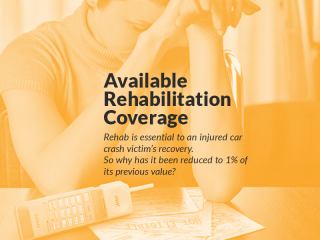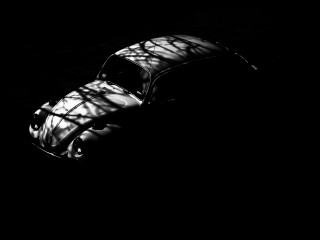Full Decision
Court of Appeal finds no vicarious liability on driver and owner of vehicle when front seat passenger seizes the steering wheel and causes a collision.
The defendant, Sarah Park, was operating a vehicle she owned when her front seat passenger and co-defendant, Giancarlo Hnatiuk, pulled the steering wheel causing Ms. Park’s vehicle to collide with a vehicle carrying the plaintiff, Krista McKay.
Ms. McKay and her family sued Ms. Park, Mr. Hnatiuk and her own insurer, TD Insurance, under the uninsured, underinsured and family protection endorsement provisions of its policy.
Ms. Park sought summary judgment under r. 20 of the Rules of Civil Procedure seeking to dismiss the McKays’ action against her. Ms. Park also moved under a r. 21 motion for a determination before trial that Mr. Hnatiuk was not entitled to indemnity under Ms. Park’s motor vehicle policy. The insurer of Ms. McKay’s vehicle, TD Home and Auto Insurance Company [TD Home], defended against the motions, but both were granted.
TD Home appealed the decision, raising various grounds of appeal. The Ontario Court of Appeal dismissed the r. 20 appeal but allowed the r. 21 appeal.
One ground of appeal raised by TD Home relating to the summary judgment was that the motion judge erred by not applying the law of possession properly. It argued that despite Mr. Hnatiuk’s act of seizing the steering wheel, Ms. Park remained in possession of the vehicle and therefore was vicariously liable under s. 192 of the Insurance Act. In rejecting this ground of appeal, the Court of Appeal noted:
[7] … As Strathy J. (as he then was) observed in Seegmiller v. Langer (citation omitted), at para. 34, “[t]he primary definition of possession contemplates power, control or dominion over property.” In addressing TD Home’s argument that Ms. Park had possession of the vehicle, the motion judge disagreed, finding that by seizing the wheel, Mr. Hnatiuk “took control of the car” away from her…[8] Moreover, under the terms of s. 192(2) of the Highway Traffic Act, vicarious liability arises unless “the motor vehicle … was without the owner’s consent in the possession of some person other than the owner”. TD Home does not contest that Mr. Hnatiuk, who is not the owner, was at least in joint possession of the motor vehicle, and the motion judge found on uncontested evidence that Mr. Hnatiuk’s act of taking control of the motor vehicle (which gave him possession) was without Ms. Park’s consent. The exemption from vicarious liability under s. 192(2) therefore applies. This outcome makes sense since the purpose of vicarious liability is to have owners assume the risk of those they have entrusted with their motor vehicle: Thompson v. Bourchier. At no time did Ms. Park entrust Mr. Hnatiuk with her motor vehicle. She should not bear vicarious liability.
The r. 20 appeal was dismissed accordingly; however, appeal of the motion judge’s r.21 decision was allowed for two reasons. The first because the motion judge failed to give a meaningful explanation for her reasoning. Second, the panel was not persuaded that this was a proper r. 21.01(1)(a) motion. Such motions are to resolve questions of law raised by pleadings, and without leave, no evidence is admissible. The Court held that the motion judge did not make her decision based on a question of law but rather on evidence from the r.20 motion and allowed the appeal of this decision.











